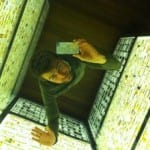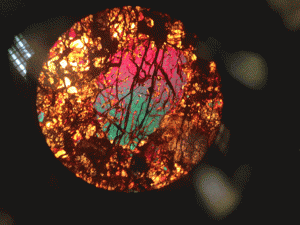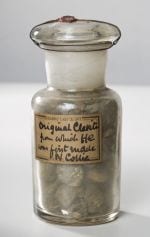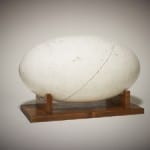A week in the life of a Curator
By Nick J Booth, on 18 September 2013
People often ask me what it is I do for a job. “Well” I answer, “I’m a curator”.
“Yes, but what do you actually do?”
“I curate a collection, I help look after it”.
“Yes but what do you ACTUALLY do all day?”
It’s a good question, and one to which the answer is never really that simple. What I ‘actually do’ varies from week to week, and depends upon what I have to do, what I need to do, and what I have time to do. So I thought I would write a blog as a way of answering.
Last week I made a point of recording exactly what I was up to between Monday and Friday, and tried to take a few more photos that I would normally. I should say that I did not particularly plan for this week to be one I blogged about, and I resisted the urge to book in lots of important sounding meetings. I had planned to use a stepometer during the week, to see how far I walked, but sadly couldn’t get my hands on one in time.
So, my week…
 Close
Close











